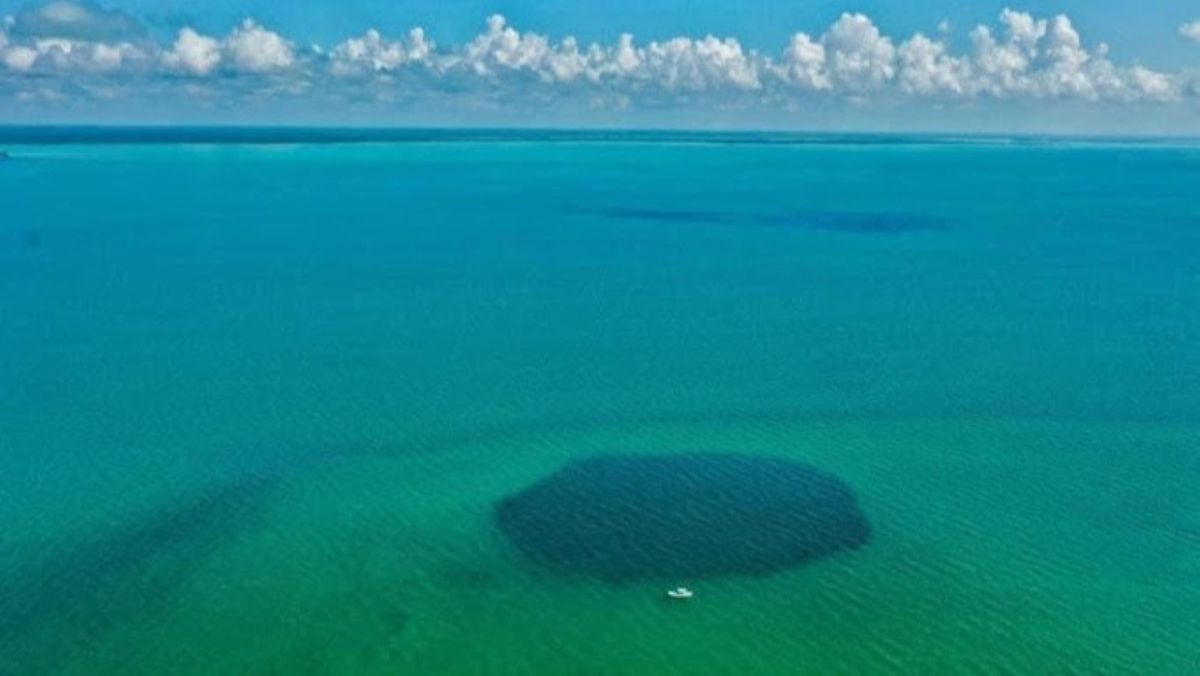Mexico’s Taam Ja’ Blue Hole is the deepest known underwater sinkhole in the world, researchers have discovered — and they haven’t even reached the bottom yet.
New measurements indicate the Taam Ja’ Blue Hole (TJBH), which sits in Chetumal Bay off the southeast coast of the Yucatan Peninsula, extends at least 1,380 feet (420 meters) below sea level.
That’s 480 feet (146 m) deeper than scientists initially documented when they first discovered the blue hole in 2021, and 390 feet (119 m) deeper than the previous record holder — the 990-foot-deep (301 m) Sansha Yongle Blue Hole, also known as the Dragon Hole, in the South China Sea.



It’s not far from it, but this is on the eastern side of the Yucatán peninsula. The Chicxulub crater is on the Northwestern side of the peninsula. I’m not equipped to weigh in on if it may be related, though.
That peninsula is always up to something
Yeah that’s basically was going to be my next question, curious if it’s just the aftermath of such a huge impact with the Earth kind of thing.
CC BY-NC-SA 4.0
Why do your comments have a license attached to them?
Its an anti Commercial-AI license. Basically to try to limit bots and prevent my comments being used to program AI models.
CC BY-NC-SA 4.0
That’s really novel, creative, and intelligent. You are a smart person!
Tnank you, but I’m not the one to thank. That would be @onlinepersona@programming.dev. I’m just following their lead.
CC BY-NC-SA 4.0
Blue holes are generally created via similar methods to sink holes. Basically sandstone erosion, also I dont think an impact like that would leave any cave systems. Remember that asteroid was about the size of Texas, im pretty sure most things in the region we’re nuked and I cant imagine much more than a crater could be created.
Definitely not the size of Texas. Estimated 10-15 km across.
I’m not a planetary geologist, but I was just thinking more like afterwards, as the planet healed, and water shifted around.
Anti Commercial-AI license
I can actually correct myself, apparently at the edge of the crater sink holes do form. But I still suspect the two are pretty much unrelated due to distance.